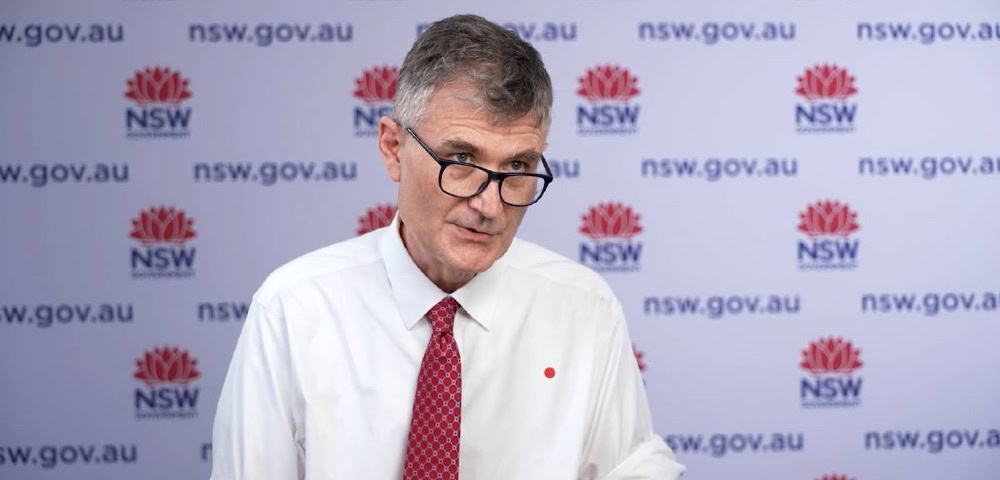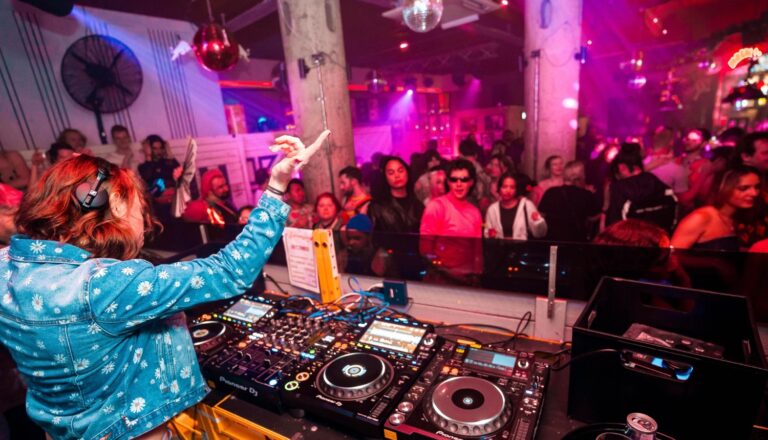
Eleven Monkeypox Cases Confirmed In NSW

NSW Health has confirmed 11 cases of monkeypox in the state and urged the community, especially men who have sex with men, to look out for symptoms.
Of the 11 cases, nine persons are likely to have acquired the infection overseas and while two were infected in Australia. NSW Health said that this could point to local transmission.
According to NSW Health’s Executive Director of Health Protection Dr Jeremy McAnulty, NSW residents “need to be on alert for monkeypox symptoms now local transmission may be occurring, especially among men who have sex with men”.
US Gay Man Shares His Monkeypox Diagnosis In Viral TikTok Video
‘Pimples In The Genital Area And Buttocks’
“People need to be aware of the symptoms of monkeypox, which can include fever, headache, body aches and a rash or lesions on the genital area,” Dr McAnulty said in a statement.
‘So far, in the cases we have seen in NSW, monkeypox is not presenting the way some people expect, such as an extensive rash or lesions all over the body. It could just be a couple of what seem to be pimples in the genital area or buttocks, so people need to pay careful attention to any potential symptoms,” Dr McAnulty.
Most of the cases in NSW were picked up after the persons presented themselves to sexual health clinics. Dr McAnulty advised that anyone who has symptoms should call ahead of their appointment with the GP or sexual health clinic and inform them of their symptoms. Those who have symptoms have also been asked to wear a mask as a precaution.
There are now confirmed locally acquired cases of monkeypox (MPXV) in parts of Australia, including very likely in NSW. Find out more and keep up-to-date ➡️ https://t.co/71idlkoZYn pic.twitter.com/EJOvWhtr68
— ACON (@ACONhealth) July 6, 2022
Condoms Not Effective At Preventing Monkeypox Transmission
“The virus is mainly spread through skin to skin contact with the lesions or rarely through close contact with large respiratory droplets from a person early on in their infection,” Dr McAnulty said.
“It is important that people with symptoms avoid close contact with others, including sexual activity, as condoms are not effective at preventing the transmission of monkeypox.”
The World Health organisation said that since the current outbreak was first reported in May 2022, around 5,322 cases have been confirmed, with 85 per cent of the cases in Europe. Over a thousand cases were reported in Germany (1,242), United Kingdom (1,235) and Spain (1,196).
As of June 29, Australia had reported around 29 confirmed cases
Last month, health authorities in the UK and US had recommended that vaccines against monkeypox should be offered to some gay and bisexual men at higher risk of exposure.
PUBLIC HEALTH ALERT
We are urging the community to be aware of the symptoms of monkeypox following likely transmission of the virus within Australia.
To view the media release on our website, visit: https://t.co/IFq1Ol78Q7 pic.twitter.com/G9HppzgZpz
— NSW Health (@NSWHealth) July 6, 2022
Monkeypox Is Not A Gay Disease
Though many of the cases were reported among gay, bisexual and men who have sex with men, WHO and health authorities have emphasised that monkeypox is not a gay disease. Thorne Harbour Health said that it could be because of “active health seeking behaviour around sexual health” in the community. In NSW, most cases were picked up after persons with symptoms approached sexual health clinic.
ACON has advises the community “to regularly monitor for symptoms such as unusual rashes, lesions or sores or a fever, muscle aches or swollen lymph nodes. This is particularly important if you have attended any gatherings involving skin-to-skin contact with other people, have had close physical contact with others including sexual encounters, or if you have recently returned from or are travelling to an international location with known cases of MPXV.”
“You are most likely to acquire MPXV following close skin-to-skin contact with someone who has MPXV and has rashes, lesions or sores. This can happen when you are having sex. You can also acquire MPXV when a person with MPXV sneezes or coughs (and you inhale infected droplets) or by touching items contaminated with MPXV,” added ACON.










Nothing wrong with practicing safe sex…
Don’t know why they are only specifying gay and bisexual men. I mean, bisexual men also may sexually interact with women…. So women may also need to keep an eye out.